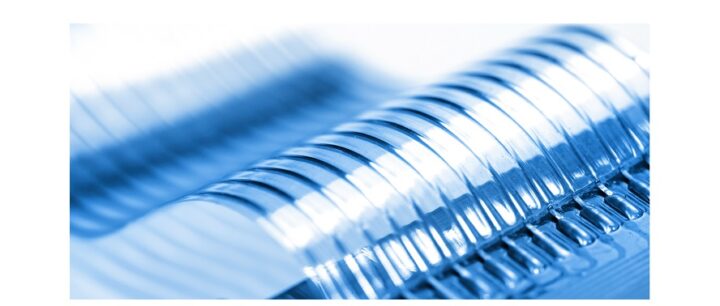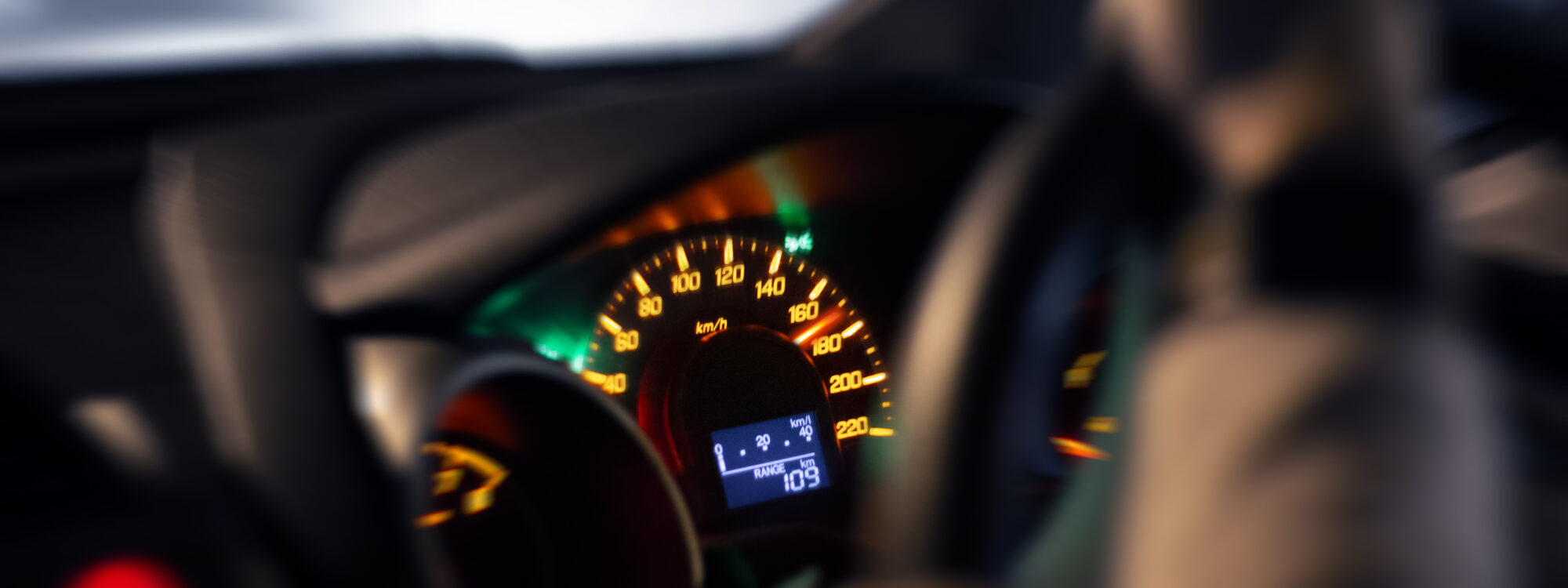Interview with Dr Mikko Söderlund, Head of Industrial Solutions
Today we’re talking to Dr Mikko Söderlund, Head of Industrial Solutions at Beneq, to find out more about flexible electronics and how they benefit from ALD coating.

Beneq Marketing: Mikko, before we talk about the exciting opportunities for ALD in flexible electronics, could you tell us what flexible electronics actually are?
Mikko: Flexible electronics are a new form factor of electronic circuits and devices, which are based on thin, lightweight, flexible, and low-cost plastic substrate materials.
Examples of flexible electronics are smart credit cards and labels, automotive displays and lighting, sports wearables (e.g. smart watches), and biomedical sensors. The common denominators for all are flexibility and light weight.
Beneq Marketing: How do flexible electronics benefit from ALD?
Mikko: Flexible electronics devices require high-quality thin-films, for example, as electrically insulating layers, or as moisture barrier coatings. At low processing temperatures required by most plastic substrates, ALD deposits the highest quality thin-films and is therefore often the preferred technology. Also, ALD films are ultra-thin, typically much less than 50 nm thick, which makes them ideally suited for applications requiring a certain level of substrate flexibility.
Beneq Marketing: How fast would flexible electronics deteriorate without protection from moisture?
Mikko: If we take OLED (organic light-emitting diode) as an example, then deterioration without proper thin-film encapsulation would take place within just a few minutes.
Beneq Marketing: That quickly!?
Mikko: Absolutely. So a really glass-like permeation property is required, but on a plastic substrate for mechanical robustness. This is a great example of what ALD can enable.
Beneq Marketing: Where are we now? What kinds of flexible materials can we coat?
Mikko: At Beneq, we coat many different types of flexible substrates, as well as protect devices that are already assembled on plastic substrates. The substrate form factors vary from small wearable displays produced on sheets, to 100+ m long rolls of plastic film for flexible photovoltaic applications deposited on a roll-to-roll basis.
With our consistent development of large-area ALD coating system platforms, we are very well geared up for flexible electronics production requirements.
Beneq Marketing: How could flexible electronics benefit from ALD to create even better products in the future?
Mikko:ALD first and foremost enables the realization of high-performance, robust, and long-lifetime flexible electronics products. ALD will also facilitate the use of even lower cost plastic substrates, driving the cost of flexible electronics devices further down.

Beneq Marketing: Where do you see flexible electronic development heading in the next 3-5 years?
Mikko: I think we are all seeing an influx of flexible electronics devices in our daily lives (e.g. sports wearables such as smart watches), and we can expect to see this trend accelerating.
As another major trend, the Internet of Things (IoT) will drive the development of low-cost and low-energy consumption sensors for mass markets. This also represents a major opportunity for ALD, as these sensors will greatly benefit from high-quality, conformal, and ultra-thin coatings.
In development, a clear target is in mass scale manufacturing solutions, with roll-to-roll (R2R) manufacturing showing the highest potential for cost reduction. With our pilot R2R ALD systems and collaboration with Centre for Process Innovation (CPI), we’re in a good position to work with leading flexible electronics companies to realize new and exciting products.
Beneq Marketing: Thank you, Mikko, for taking the time from your busy schedule to talk to us about ALD and flexible electronics!

